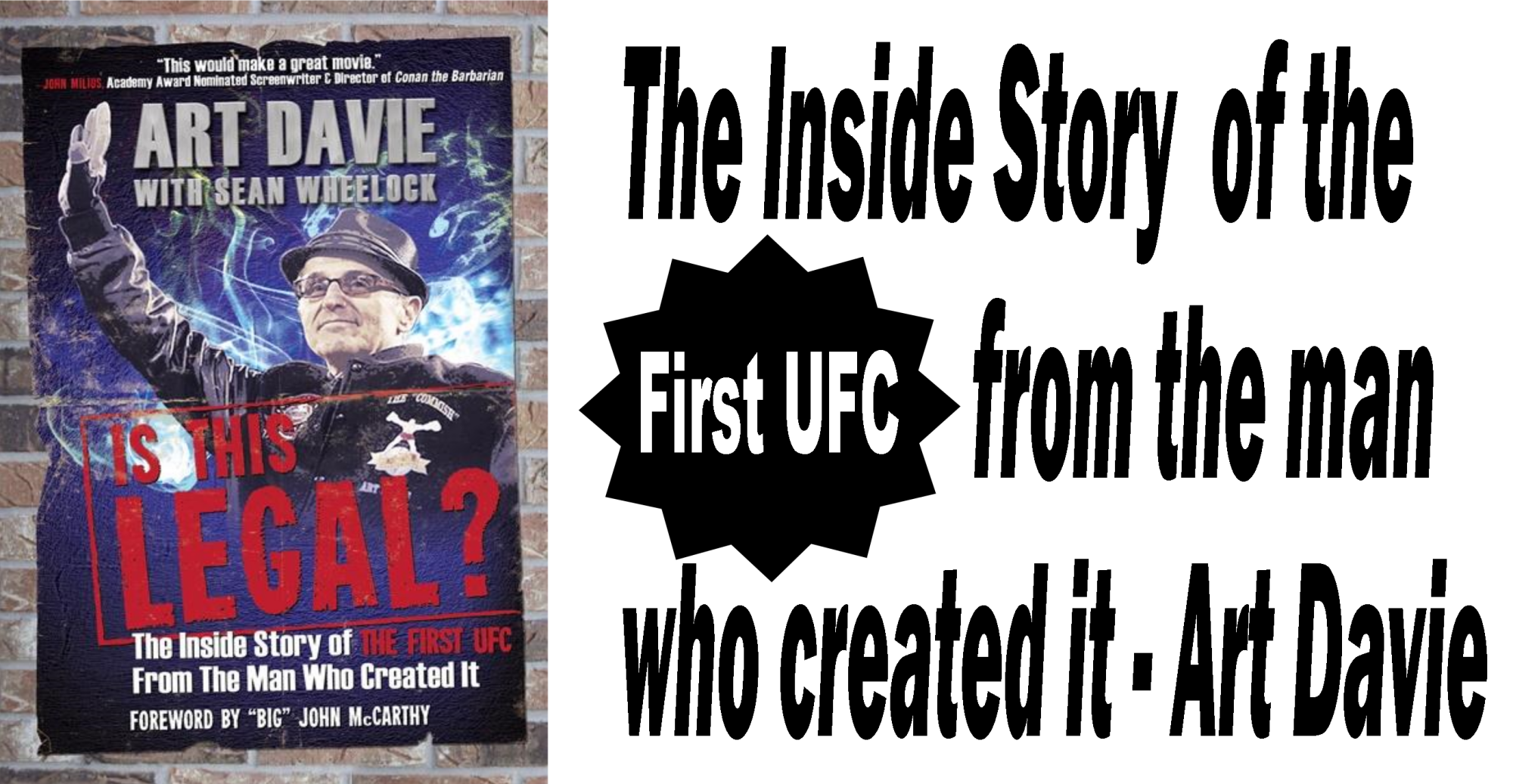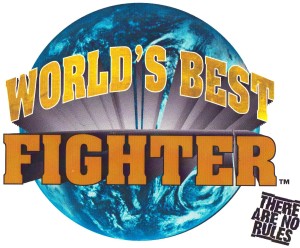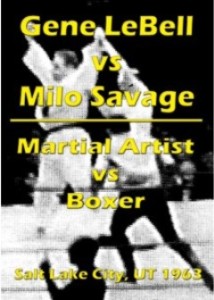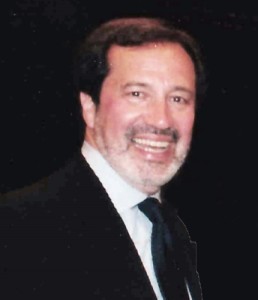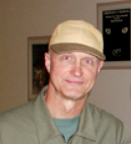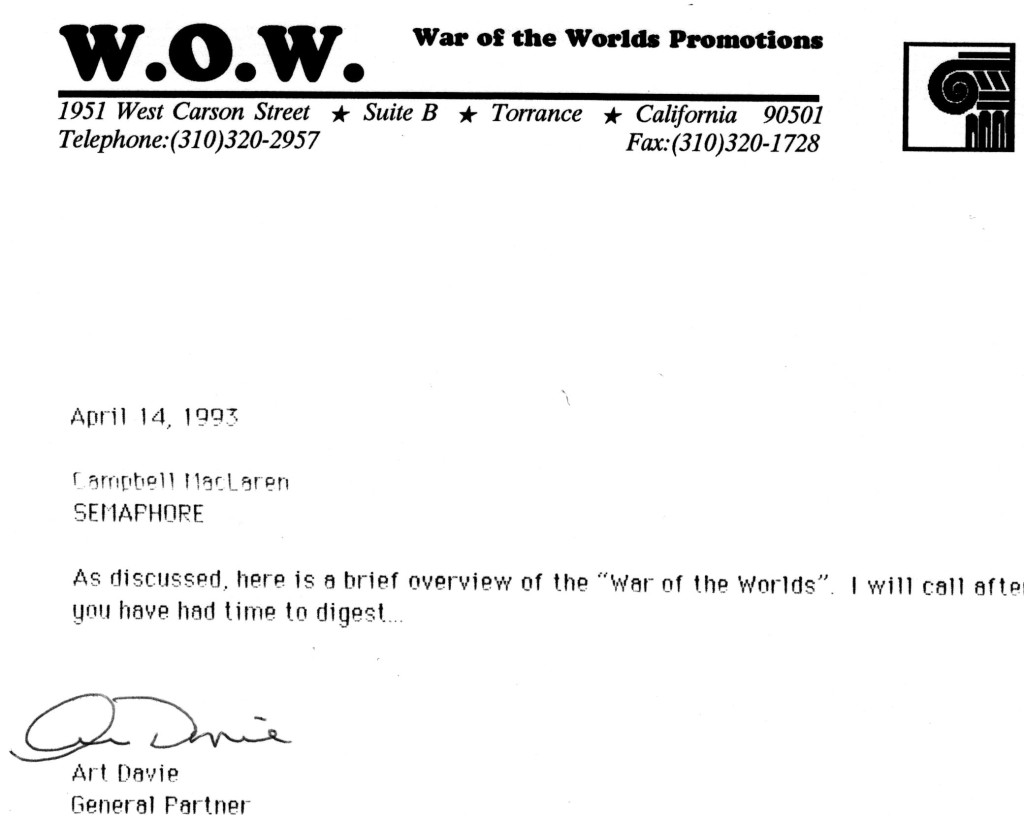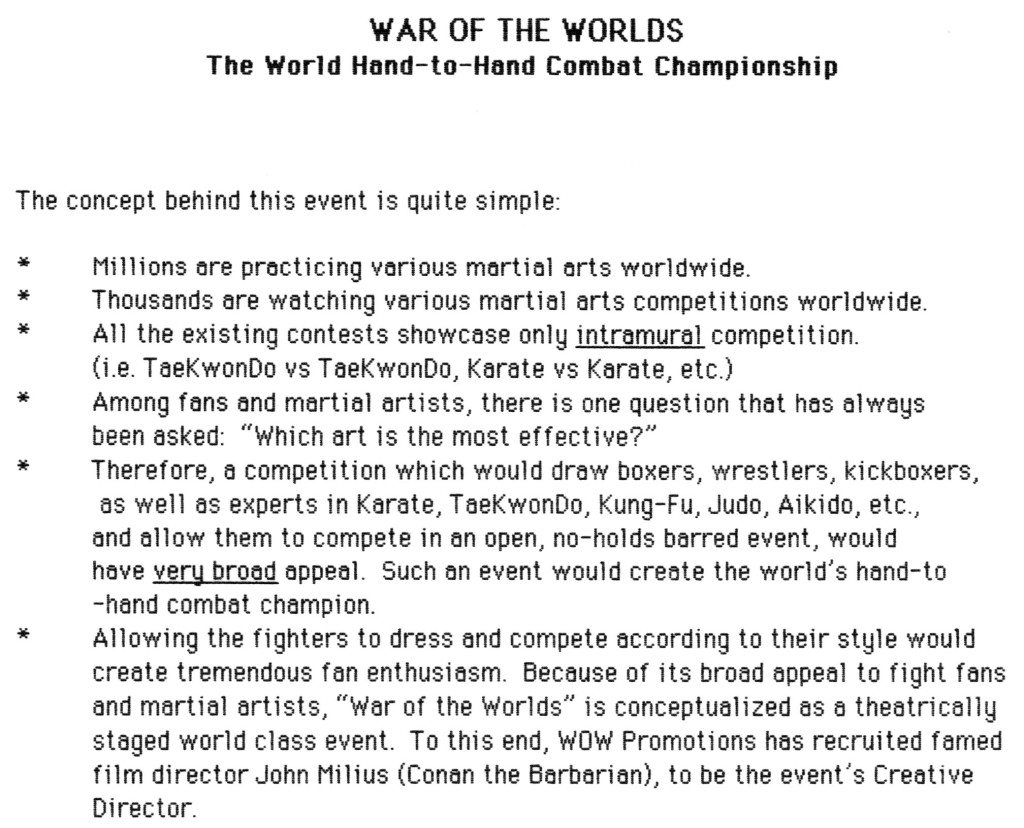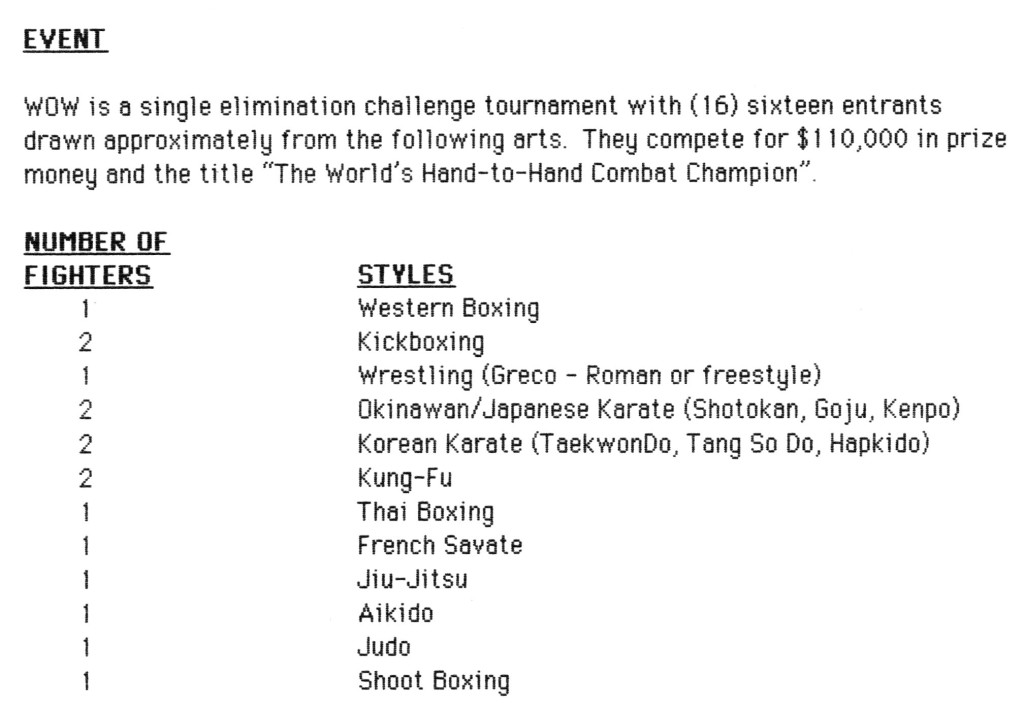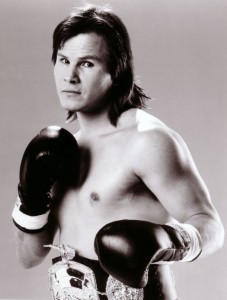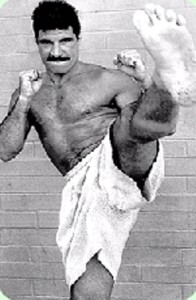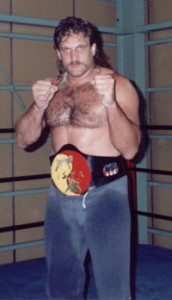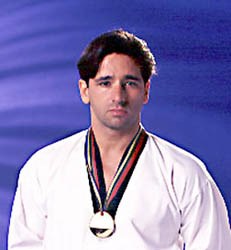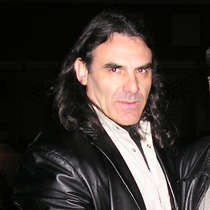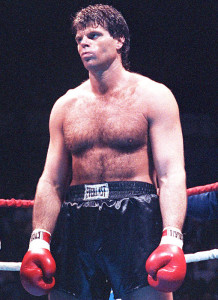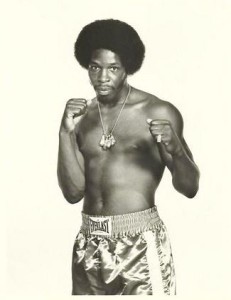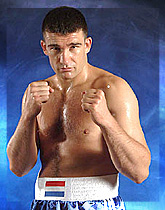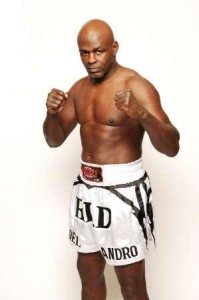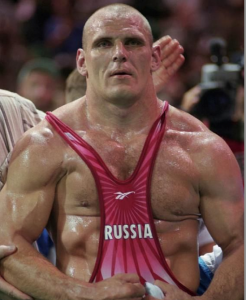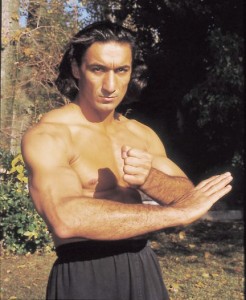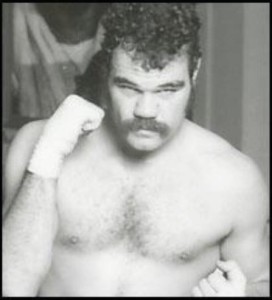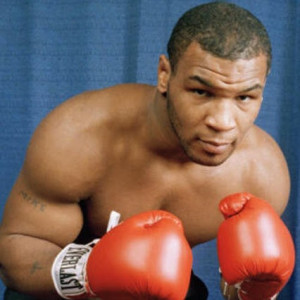Before the first UFC and before he met Rorion Gracie, Art Davie had proposed a no-holds barred mixed martial arts event to his boss’s client at J&P Marketing in the spring of 1990. Davie called his concept the World’s Best Fighter.
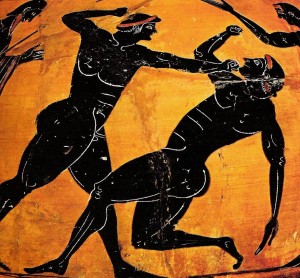 For his presentation to the client, Davie had researched several historical developments in the martial arts. The first was Pankration, an event added to the classic Olympic Games in 648 B.C. Pankration allowed blows, strikes, holds and chokes with very few rules. It quickly became one of the two most popular events in the Olympics, the other being horse racing. More than any other single influence, the first UFC owes a great deal to the historical linkage with Pankration, according to Davie.
For his presentation to the client, Davie had researched several historical developments in the martial arts. The first was Pankration, an event added to the classic Olympic Games in 648 B.C. Pankration allowed blows, strikes, holds and chokes with very few rules. It quickly became one of the two most popular events in the Olympics, the other being horse racing. More than any other single influence, the first UFC owes a great deal to the historical linkage with Pankration, according to Davie.
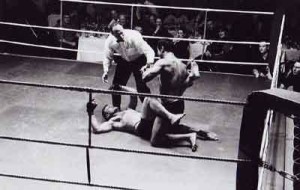 The Vale Tudo development in Brazil was another great influence on Davie’s thinking even before the first UFC. Vale tudo wasn’t so much a fighting style as a meeting place for fighting styles. Popularized in the 1920s in Brazil, vale tudo often took place at circuses across the country, where two fighters would meet in a bout with no or very few rules. This led Davie to Pat Jordan’s September 1989 article about the Gracies, titled “BAD.”
The Vale Tudo development in Brazil was another great influence on Davie’s thinking even before the first UFC. Vale tudo wasn’t so much a fighting style as a meeting place for fighting styles. Popularized in the 1920s in Brazil, vale tudo often took place at circuses across the country, where two fighters would meet in a bout with no or very few rules. This led Davie to Pat Jordan’s September 1989 article about the Gracies, titled “BAD.”
Davie studied the 1963 Gene LeBell vs. Milo Savage mixed match (judoka vs. boxer) and began to understand why no one had been successful in developing a sporting event matching different styles of martial artists. Long before the first UFC, the key problem was money (i.e. who was putting up the dough) & the agreed upon rules. As Davie says in his book, IS THIS LEGAL?, “Getting two fighters of different backgrounds to agree to anything is like asking two pit bulls to decide how a steak should to be divided.”
 The other mixed match Davie researched was the 1976 “fight” between Muhammad Ali vs. Antonio Inoki (boxer vs. wrestler). This bout suffered even more from the “agreed upon rules.” The same problem plagued the Chuck Wepner vs. Andre the Giant bout on the same card.
The other mixed match Davie researched was the 1976 “fight” between Muhammad Ali vs. Antonio Inoki (boxer vs. wrestler). This bout suffered even more from the “agreed upon rules.” The same problem plagued the Chuck Wepner vs. Andre the Giant bout on the same card.
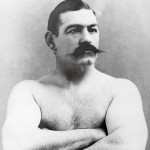 In the book the Strength Athletes by David Willoughby Davie encountered the stories of heavyweight boxing champs John L. Sullivan and “Gentleman” Jim Corbett. Both men went into the ring with a wrestler and were easily handled. Corbett was quoted as saying, “In a mixed match between a boxer and a wrestler, the wrestler will win nine times out of 10.”
In the book the Strength Athletes by David Willoughby Davie encountered the stories of heavyweight boxing champs John L. Sullivan and “Gentleman” Jim Corbett. Both men went into the ring with a wrestler and were easily handled. Corbett was quoted as saying, “In a mixed match between a boxer and a wrestler, the wrestler will win nine times out of 10.”
 Davie would later say, “By the time I walked into the Gracie Academy, I had a very good idea of the problems and the challenges of trying to stage a mixed styles event; and how it should be done. The first UFC, as I conceptualized it in the W.O.W. Promotions business plan, owes a debt to these potent influences. There were others, but these were the ones that got my attention.”
Davie would later say, “By the time I walked into the Gracie Academy, I had a very good idea of the problems and the challenges of trying to stage a mixed styles event; and how it should be done. The first UFC, as I conceptualized it in the W.O.W. Promotions business plan, owes a debt to these potent influences. There were others, but these were the ones that got my attention.”
